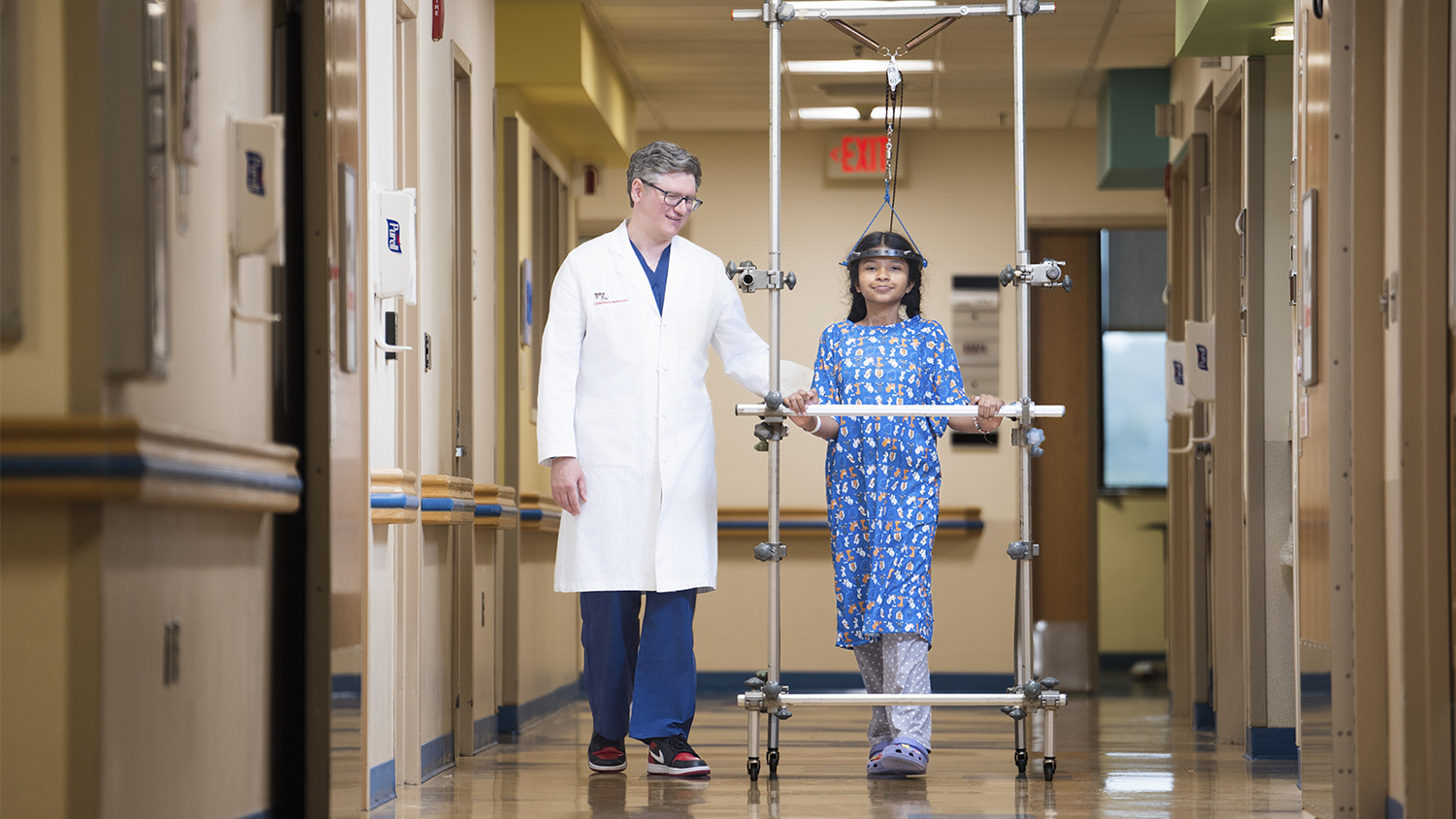Condition
Pediatric Marfan Syndrome
What You Need to Know
Marfan syndrome is a disorder involving the body's connective tissue.
Key Symptoms
Common symptoms of Marfan Syndrome may include:
- Abnormal facial appearance
- Eye problems such as nearsightedness
- Crowding of teeth
- Tall, thin body
- Abnormally shaped chest
Diagnosis
Doctors typically diagnose Marfan syndrome by:
- Electrocardiography (ECG)
- Echocardiography
- Dilated eye exam
- CT or MRI scans
- FBN1 gene testing
Treatment
- Medicine
- Surgery
Schedule an Appointment
Our pediatric specialists provide personalized care for your child’s physical, mental and emotional health needs. Meet our providers and schedule an appointment today.
Frequently Asked Questions
What is Marfan syndrome?
What causes Marfan syndrome in a child?
Which children are at risk for Marfan syndrome?
What are the symptoms of Marfan syndrome in a child?
How is Marfan syndrome diagnosed in a child?
How is Marfan syndrome treated in a child?
What are possible complications of Marfan syndrome in a child?
How can I help my child live with Marfan syndrome?
When should I call my child's healthcare provider?

Rare Disease Treatment at Children's National Hospital
In the Rare Disease Institute at Children's National, we focus on providing advanced care for young patients with rare genetic conditions. Discover more about the treatment we offer.

Help Kids and Make a Difference
Invest in future cures for some of life's most devastating diseases. Give today to help more children grow up stronger.
Meet the Providers Who Treat Marfan Syndrome
Departments that Treat Marfan Syndrome

Rare Disease Institute - Genetics and Metabolism
Children's National Rare Disease Institute (CNRDI) is a first-of-its-kind center focused exclusively on advancing the care and treatment of children and adults with rare genetic diseases.









